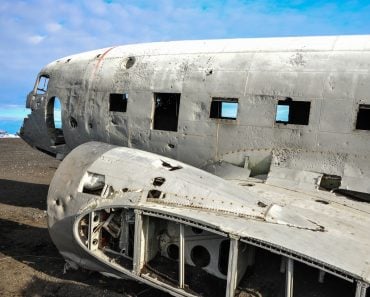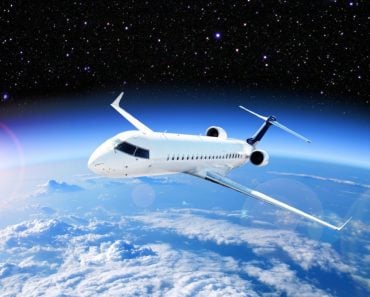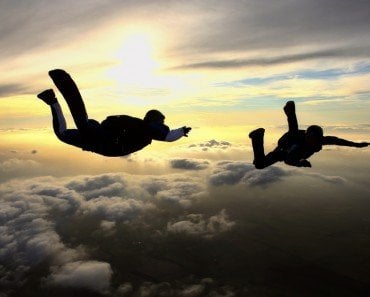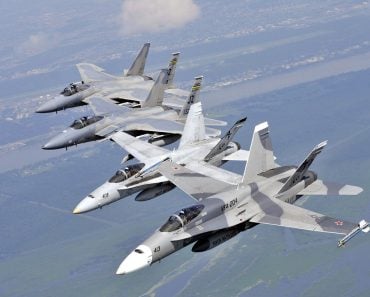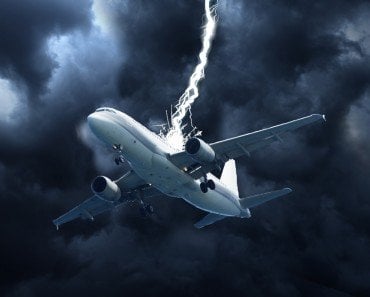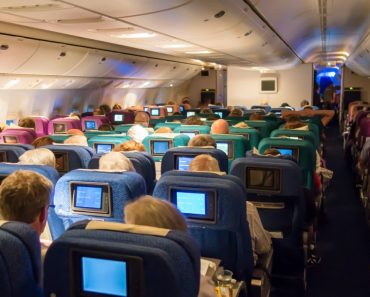Table of Contents (click to expand)
There are a few reasons, including the lack of parachute training for passengers, the high speed of the airplane, cold temperatures at that altitude, the non-conducive design of commercial planes, and the cost spike, which make putting parachutes onboard commercial airplanes unviable.
Fighter jets and military aircraft have multiple parachutes on board that passengers can use in the case of extreme emergencies – cases where jumping out of the plane is basically the only way to survive.
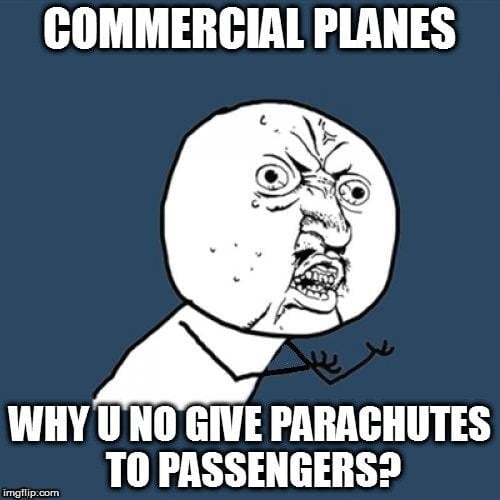
Given that commercial jets ferry significantly more passengers daily worldwide, wouldn’t it make sense to have parachutes for all the passengers onboard these planes, too?
Recommended Video for you:
Airline Passengers Have No Parachute Training
If you’ve watched enough action movies, you might believe that parachuting doesn’t require practice; even a first-timer would nail it without assistance.

How hard could it really be since all you have to do is strap it on, pull the plug, and jump, right?
Wrong!
Parachuting may appear simple in movies, but it requires training and practice. Even for tandem skydiving, where an individual is attached to an expert, a minimum of half an hour of basic training and instructions is necessary.
The riskiest form of skydiving, where the person jumps out of an airplane from an altitude of over 10,000 feet, requires several hours of proper training and practice.
Skydives Are Preplanned
It’s important to note that skydiving is a planned activity that takes place under normal conditions. Skydivers know in advance that they will jump out of a moving airplane.
However, passengers onboard commercial flights are not prepared for such an event.
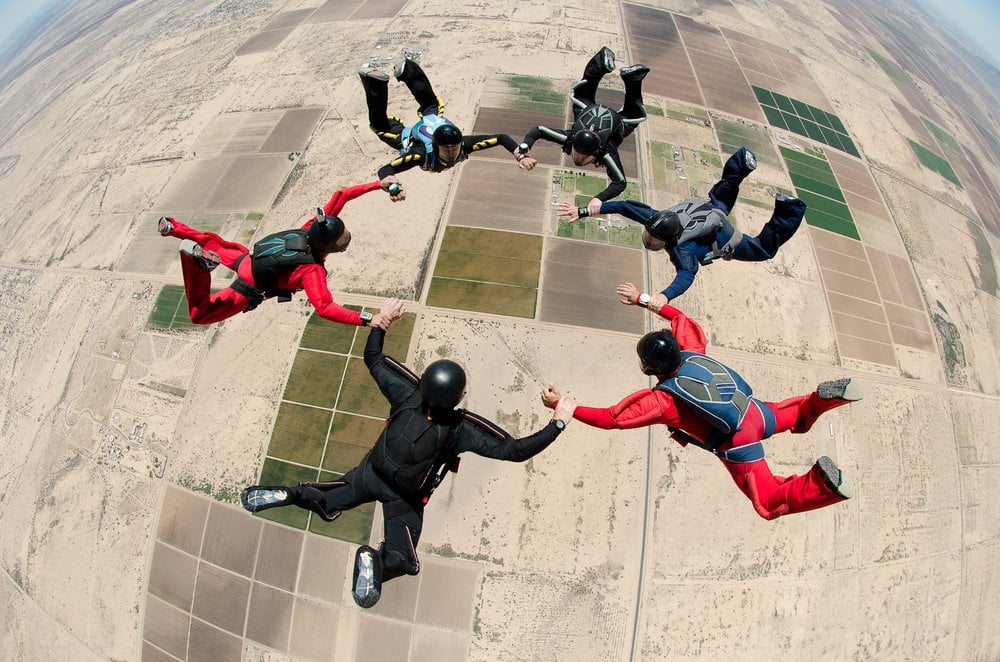
They have no experience in using a parachute and must quickly put on the gear and prepare for the jump, all while wearing emergency oxygen masks. This task becomes even more difficult in the chaotic and confusing environment of an emergency on a plane.
As a result, this exercise is less effective than it may initially seem.
Commercial Aircraft Fly Very High
Even the riskiest planned skydives occur at no more than 15,000-16,000 feet above the ground. The planes from which these skydivers jump are usually small and do not move very fast.
In contrast, most commercial airplanes cruise at around 35,000 feet, where breathable air is non-existent, and fly much faster. If passengers had to parachute out of a downed airplane, they would need oxygen cylinders to avoid passing out due to hypoxia.
However, clearing the plane safely is another important concern because…
Commercial Airplanes Are Not Designed To Be Conducive For People Jumping Out Of It
Planes that host regular, individual skydives are typically small, so skydivers clear it pretty much immediately after the jump. Large military aircraft, on the other hand, have a nice ramp at the back where parachutists can jump and steer clear of the fuselage.
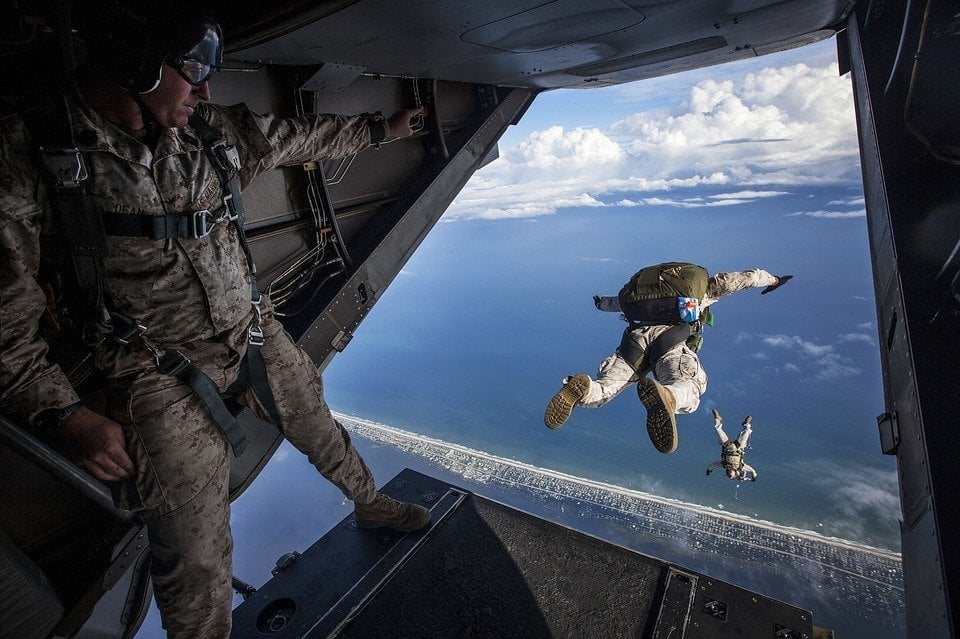
Commercial aircraft, however, have neither a small body nor a ramp. Jumping out of a conventional airplane would include the serious risk of smashing into the fuselage of the aircraft (its wings or tail) and sustaining grievous if not fatal, injuries.
Speed Of The Airplane
Then there’s the airplane’s speed. Commercial airplanes not only cruise at a very high altitude, they also go really fast. If one were to try jumping out of the airplane at that speed, one might likely suffer grievous or even injuries on their neck.
Most Accidents Occur During Landing And Takeoff
Now, this is a purely statistical reason. The most practical time for parachuting out of an airplane is when it’s cruising. However, it’s generally observed that most fatal plane crashes occur either during landings or takeoffs – times when parachutes would be pretty useless anyway.
Parachuting Kits Are Bulky And Expensive
A typical economy-class seat is not spacious enough to accommodate a bulky parachute, adding significant weight to the plane. This would increase the overall weight of the aircraft by around 6,000-8,000 pounds, something airlines try to avoid due to the associated costs.
Additionally, parachuting gear like helmets, altimeters, and goggles can be expensive, which would significantly increase airfare if parachutes were made mandatory for all commercial flights.
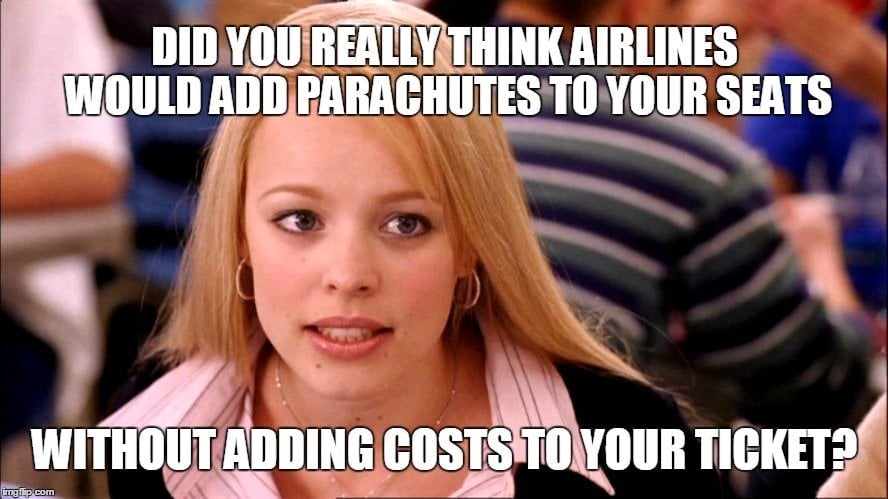
All in all, parachuting on commercial airplanes isn’t viable, both practically and economically. Even if they did start, the chances that they would save every soul during a real emergency are virtually non-existent.
Last Updated By: Ashish Tiwari


